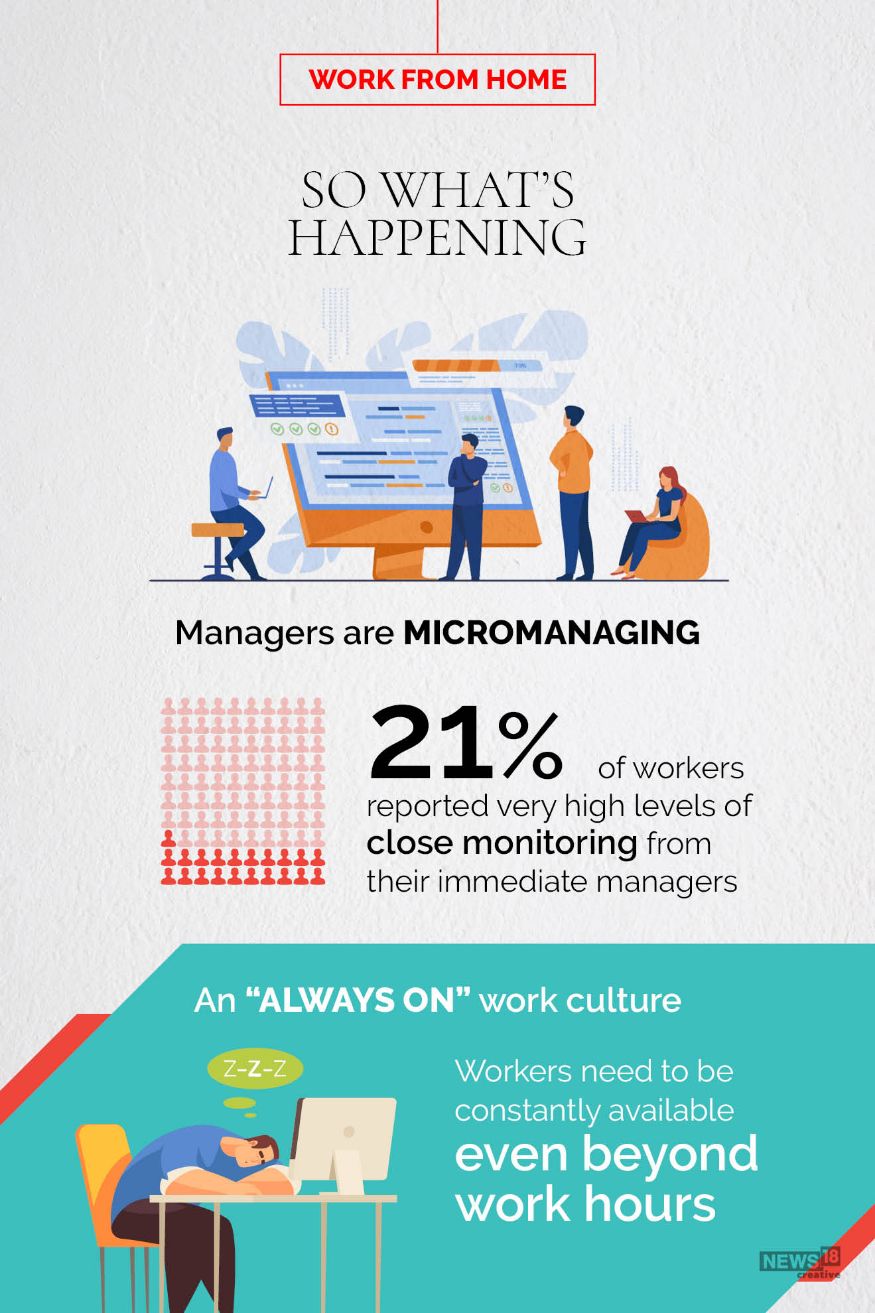

Moreover, the study contributes to deepening the association between well-being and telework-family conflict, which in the literature is still equivocal. Our results are in line with previous research on the impact of spaces and equipment in remote working/studying from home. In both students and employees, higher levels of distress were significantly associated with study/work-family conflicts, concerns about their future careers, and inadequacy of equipment in employees, higher levels of distress were significantly associated with a lack of clarity on work objectives. Psychological distress was assessed using the Hospital Anxiety and Depression Scale (HADS). We applied linear regression models to investigate the association between home learning or remote working conditions and psychological distress, separately for students and employees. The study sample included 9364 students and 2159 employees from five Italian universities from the study IO CONTO 2020. Our study aimed to explore the level of psychological distress in the academic population during the lockdown period and investigate its association with the new working or studying conditions. The COVID-19 pandemic introduced changes in people's lives that affected their mental health. Financial support was declared by about 11% of the enterprises and it usually took the form of a remote work allowance or funds to cover the costs of purchasing equipment or paying for the Internet. Among the enterprises that were surveyed, the following were most frequently indicated as elements of such support: additional office equipment provided to an employee, remote work training, and the installation of additional computer programs. A better attitude to remote work influences, to the largest degree, an enterprise's support for performing work from remote locations outside of corporate offices.

An enterprise's attitude to remote work has a positive influence on the efficiency of the remote work, the control of the remote work and the remote work support, with the strongest impact exerted on the last of the factors mentioned. The research data were collected during the COVID-19 pandemic which, on the one hand, provided an exceptional opportunity to fill in the theoretical gaps that were existing in this field however, on the other hand, it could be burdened with certain flaws due to the context of the pandemic. The present research was conducted using a standardised questionnaire computer-assisted telephone interview (CATI) method in May-June 2021 on a population of 248 enterprises, divided into micro, small, medium-sized and large entities.

However, in connection with its use, many new, previously unknown problems have arisen, such as: the organisation of remote work, the supervision and monitoring of work performance, and employee support. The COVID-19 pandemic and the intervening period have changed attitudes toward remote work, as it became a necessity for many organisations. During the initial period, it was treated as an em-ployee's privilege or even a luxury and as such it was not a popular practice. Remote work has been of interest to managers since the implementation of new information and communication technologies (ICTs). The authors suggested that the widespread pervasive adoption of remote work because of COVID-19 has important implications for the presenteeism literature and opens avenues for further research. Moreover, the current research presents a multi-level conceptual model (i.e., organizational, individual, supervisory factors) to describe how a new construct of remote-work presenteeism behavior mediates the relationship between different post pandemic health conditions (e.g., allergies, back pain, depression, anxiety) and future cumulative negative consequences. This article investigates how individual, economic/societal, and organizational/sectorial/supervisory-related variables can moderate the role of a contagious disease, such as the COVID-19, in explaining presenteeism behavior. This evidence brought new challenges to the presenteeism literature. However, despite the evident positive benefits, some employees were pressured to work remotely while ill.

The rapid rise of remote work also affected local life and many employers introduced or extended their telework activities because of the associated advantages. Due to the confinement imposed by the COVID-19 pandemic situation, companies adopted remote work more than ever.


 0 kommentar(er)
0 kommentar(er)
